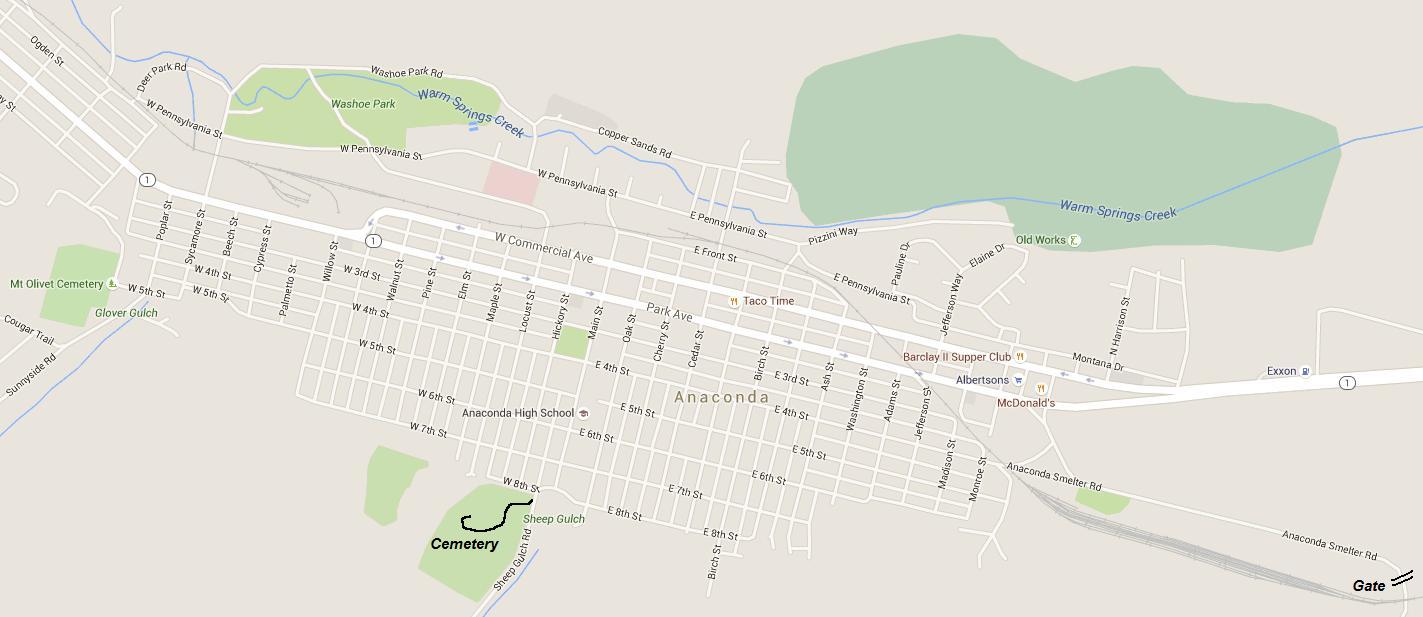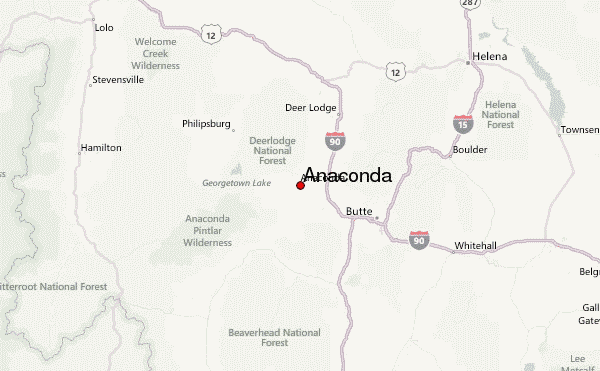

Though local legends may paint these reptiles as man-eaters, there is actually very little evidence to suggest they hunt humans. Green Anaconda and Human InteractionĪs you may expect with such a massive predator, tales of human consumption are somewhat prevalent. Smaller mammals, reptiles, fish, and birds, are more commonly consumed. Large prey, like tapirs, caimans, deer, jaguars, and capybaras, are eaten, but not frequently. Instead of using venom to subdue their prey, they have backwards facing fangs and utilize constriction to slowly suffocate their prey. Diet of the Green AnacondaĪnything that wanders close enough to this predator’s mouth is in danger of being eaten, including very large creatures. Virtually any waterway east of the Andes Mountain range is fair game. Other common sighting locations include Brazil, Ecuador, Trinidad, Peru, Guiana, and Bolivia. They are found as far south as Paraguay and as far north as Venezuela and Columbia. This snake’s habitat spans across much of South America east of the Andes Mountains. They are quite cumbersome on land, but can travel virtually unnoticed in the water. The vast majority of their time is spent in the water, mainly because they are capable of much easier movement while swimming. They are native to streams, rivers, river basins, wetlands, marshes, and swamps. The most common habitats for these reptiles are rivers meandering through tropical rainforest. Unfortunately for the males, if the female doesn’t find him up to par for breeding standards she will take a shot at making him her next meal! It is not unusual for these reptiles to participate in cannibalism. Not the Most Distinguishing Palate – Females of this species are longer, heavier, and stronger than males are.This means that a very small portion of their body is visible while they breathe.

In order to remain stealthy, even when they have to breathe their nostrils and eyes are poised on the top of their head. They can stay submerged for at least ten minutes at a time before coming up for a breath. Water Boa – Anacondas are at home in the water, and utilize it frequently to hunt prey.Many other sightings report snakes between 20 – 30 ft. One discovered in 2016 was reported to be 33 ft. There are a number of unverified reports that suggest these snakes can be ridiculously long. So… Just How Big? – Basically, no one is sure.It is difficult to verify claims, because the skins can be stretched after death, and dragging the Guinness Book of World Records hundreds of miles up the Amazon while keeping a snake alive is less than practical. Just How Big? – Scientists aren’t quite sure just how large these snakes can grow, namely because they live in the murky waters of the South American rainforest.Learn more about these skilled predators below. Though they are rather slow on land, not unusual considering their incredibly large bodies, they are at home in the water. These massive snakes are incredibly adapted creatures.


 0 kommentar(er)
0 kommentar(er)
